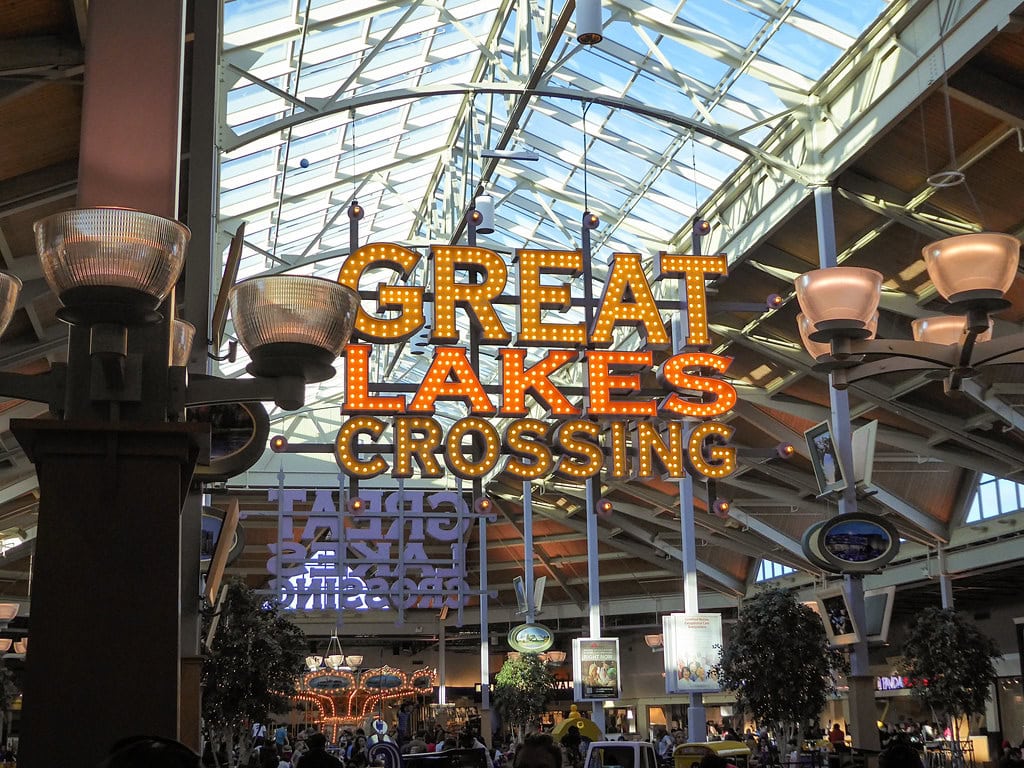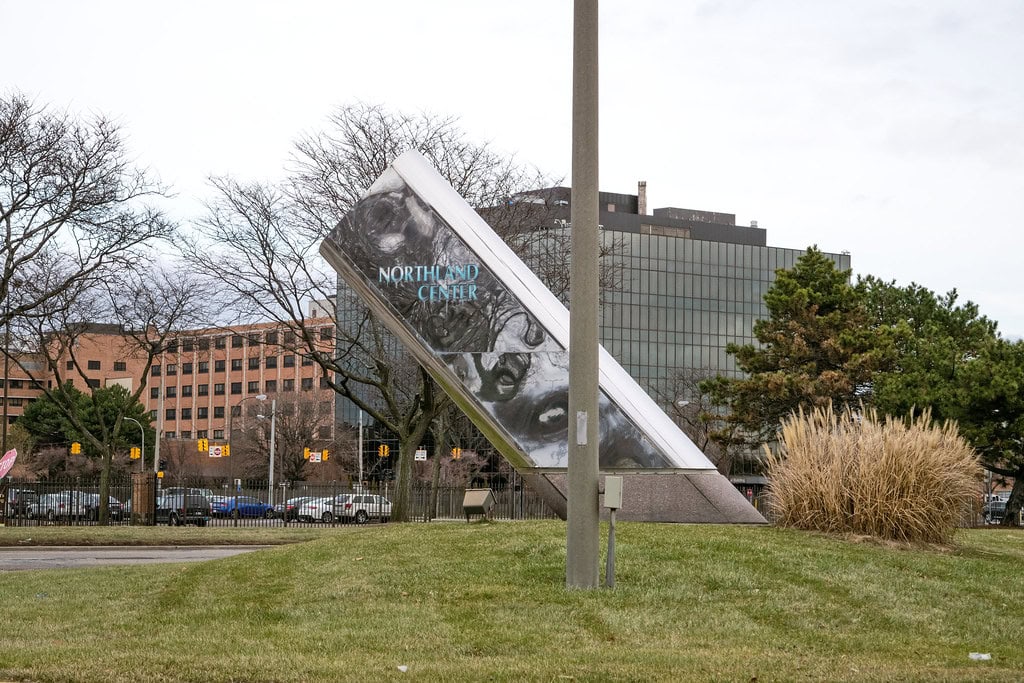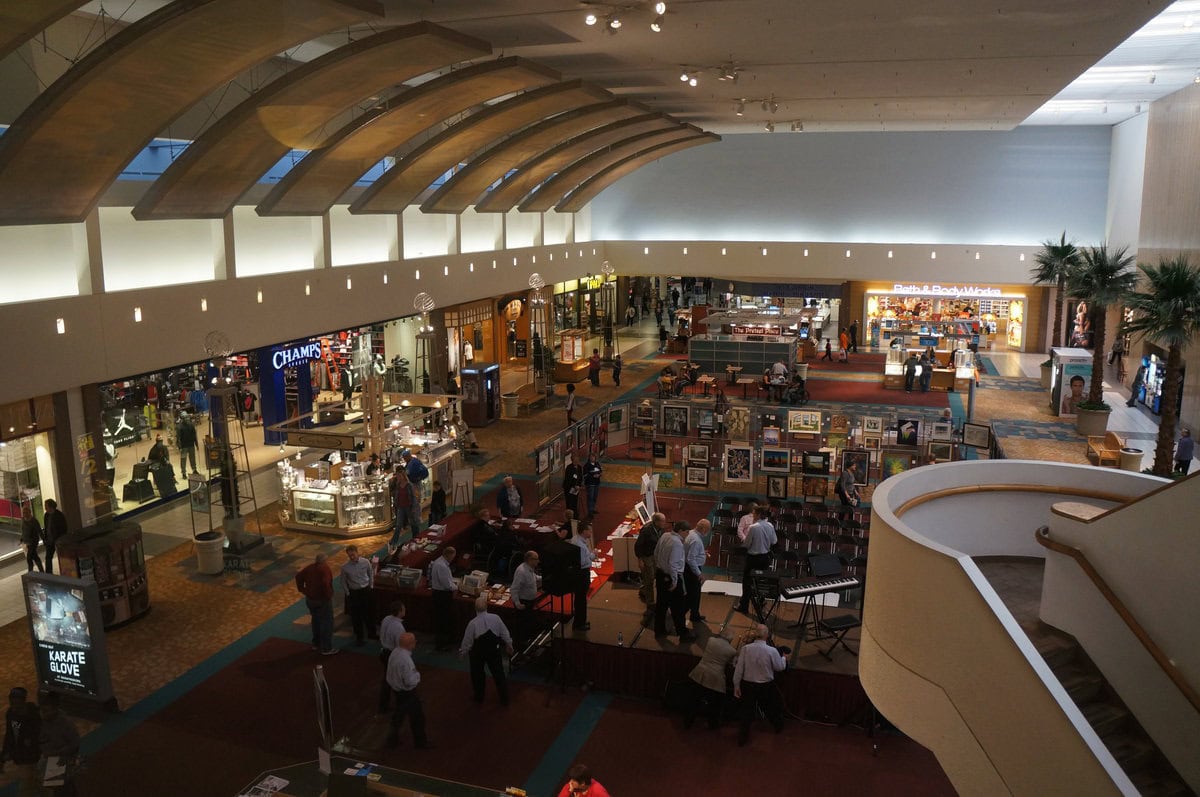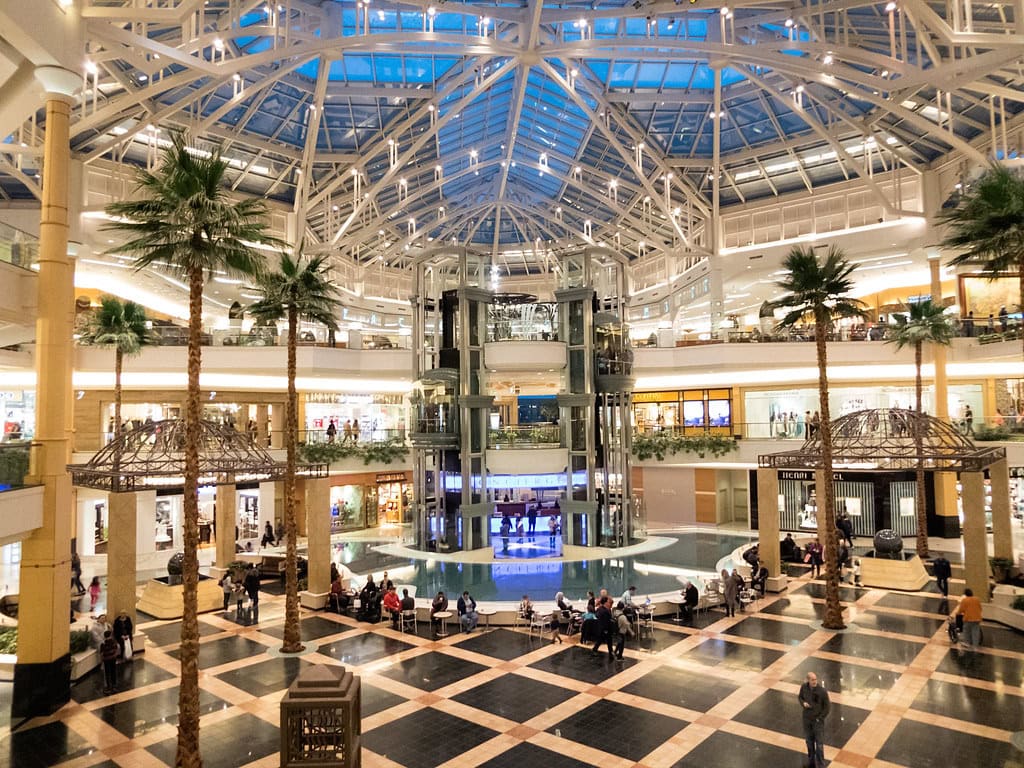Sterling Heights, Michigan: A City of Layers
Sterling Heights was incorporated on July 1, 1968, after its years as Sterling Township. The city holds facts that span history, business, culture, geography, and redevelopment.
Entries include its unique name, auto plants, mall redevelopment, Dodge Park festivals, Clinton River records, a pierogi contest, Iraqi diaspora, and film and retail oddities.
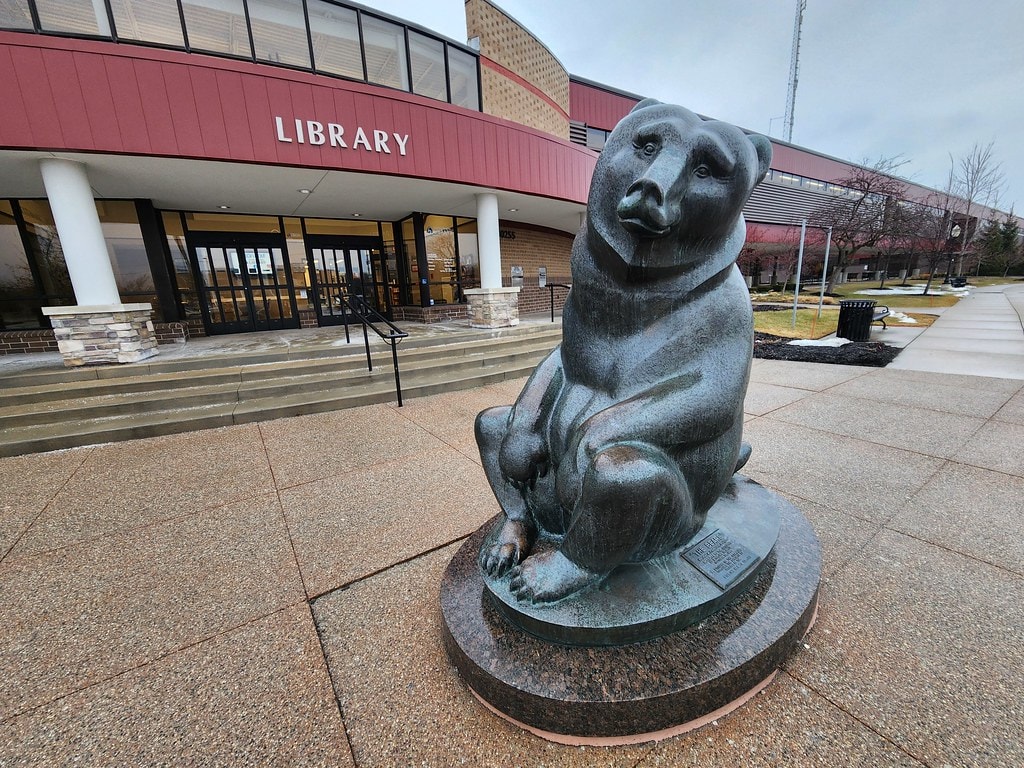
The city had to add "Heights" to its name
Sterling Heights was incorporated as a city in 1968, changing from Sterling Township.
State naming rules did not allow two incorporated places in Michigan to share the same name; a village named Sterling existed in Arenac County.
The new city added "Heights" to comply with the law.
Local histories trace the area's earlier names to Jefferson Township in 1835 and Sterling Township in 1838.
Michigan's fourth-largest city
With 134,346 residents counted on April 1, 2020, Sterling Heights ranks as Michigan's fourth-most populous city, behind Detroit, Grand Rapids, and Warren.
Census estimates through July 1, 2024, hold the city near the same level, reflecting a stable population in a land area of about 36.5 square miles.
The city occupies a central position in Macomb County, tied by M-59 and M-53 to jobs and shopping in every direction.
Household and educational indicators track close to statewide averages, and multiple ZIP codes span its neighborhoods from 48310 to 48314, reflecting a broad, fully built-out suburban grid.
From missiles to pickups on Van Dyke
The Sterling Heights Assembly Plant began life as the Michigan Missile Plant, built by Chrysler in 1953 for Redstone and Jupiter missile work.
Volkswagen purchased and converted it in the 1980s, and it later again became part of Chrysler, now Stellantis.
Today, the plant builds the Ram 1500, following a major retooling and relaunch timed with the 2019 model line.
Investment announcements in 2016 put the makeover at about $1.5 billion, positioning the complex as one of the region's most active auto facilities.
A separate Sterling Stamping site nearby supplies panels, tying two large manufacturing footprints to the same corridor.
Two automakers, one city
Sterling Heights anchors production for two Detroit Three manufacturers within city limits.
Stellantis builds the Ram 1500 at the Sterling Heights Assembly complex, while Ford's Sterling Axle Plant produces front and rear axles and rear drive units used in vehicles such as the F-150, Expedition/Navigator, Mustang, and Transit.
Both sites connect directly to Mound Road and Van Dyke, linking heavy manufacturing to regional freeways within a few miles.
A horror hit filmed on a Sterling Heights cul-de-sac
The 2014 film "It Follows" shot scenes at a single-family house at 38721 Trafalgar Way, Sterling Heights.
The address sits in a residential subdivision south of 17 Mile Road.
Location guides and credits list the street and address among the production sites around Metro Detroit.
The house appears as Jay's house in the film's neighborhood sequences, which combine multiple suburban settings.
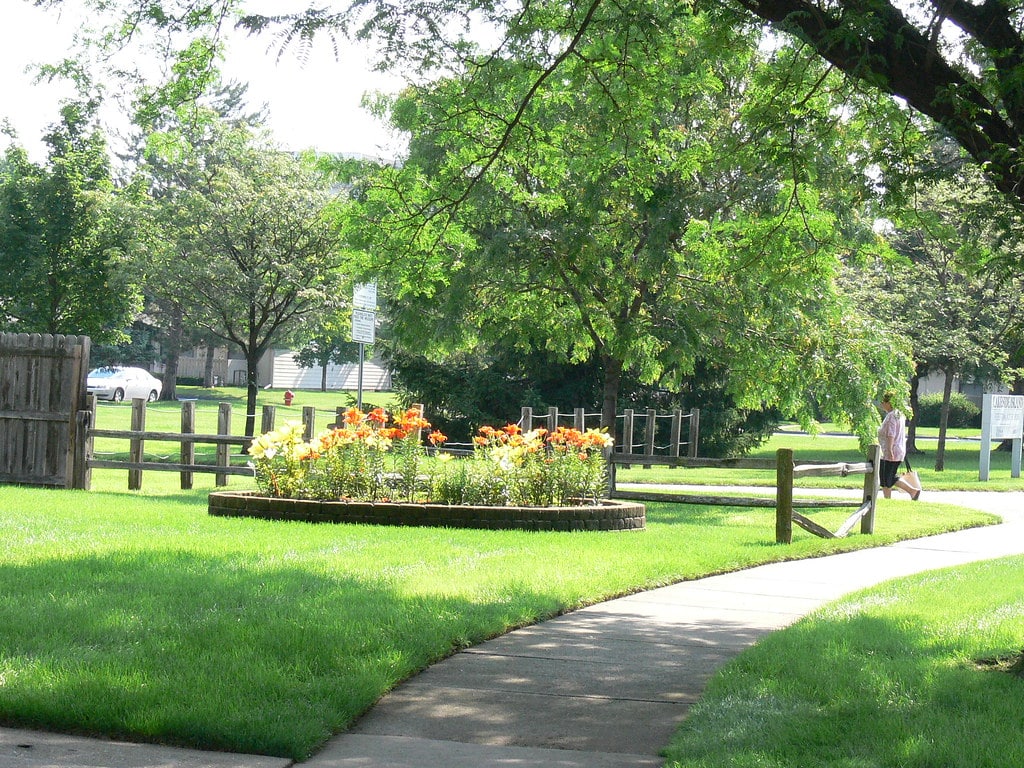
The oldest house still stands
The Upton House Museum at 40433 Utica Road is an Italianate farmhouse built in 1866.
It is listed on the National Register of Historic Places and operated by the city as a local history site.
The two-story structure holds period rooms and rotating exhibits tied to Sterling Heights and the broader river settlement era.
Its location near City Hall places the museum within the same civic loop as Dodge Park, the library, and police headquarters.
Historic photographs and public records identify the Upton property as one of the city's oldest surviving buildings.
A festival that fills Dodge Park
Sterlingfest Art and Music Fair has been staged at Dodge Park since 1983, growing into a three-day summer event with multiple music stages, a juried art fair, carnival midway, and a 5K run.
City schedules publish annual dates for the last week of July, and festival FAQs list the location at the City Center and Dodge Park complex near Utica Road.
Coverage and histories describe crowds topping 120,000 over a weekend in peak years.
Admission to concerts and art venues is listed as free, with shuttle and parking details posted by the city for each season's run.
A concert venue stands on a closed landfill
Freedom Hill County Park in Sterling Heights includes the Michigan Lottery Amphitheatre at Freedom Hill, which reopened for concerts in 2013.
The county park occupies land that functioned as a landfill before closure and environmental controls.
County and state records describe the capped site, its gas collection systems, and the long-running park use following closure.
A major flood in 2004 interrupted operations, after which improvements and management changes preceded the amphitheater's return.
A 110-acre mall gives way to a city center
Lakeside Mall closed to the public on June 30, 2024, ending nearly five decades as one of Macomb County's biggest shopping draws.
The 110-acre property in Sterling Heights is set for a phased redevelopment into Lakeside City Center, a mixed-use district with housing, offices, hospitality, parks, and a walkable street grid.
Plans call for groundbreaking in late 2025, with the existing JCPenney store continuing as a standalone anchor during the early phases.
The city and owner Lionheart Capital describe a long timeline to replace the enclosed mall with an open-air urban framework on the same site.
A mall once had an indoor waterslide
In April 1984, Lakeside Mall added the indoor Hydrotube, two twisting 350-foot fiberglass slides installed near the southwest entrance.
Riders climbed a tower inside the mall and splashed down in a supervised landing pool.
Earlier, the mall had a full ice rink inside the complex.
Lakeside opened in 1976, but the waterslide era remains one of the property's most unusual features.

A record crest on the Clinton River
Heavy rain in late February 2017 pushed the Clinton River at Sterling Heights to a record stage of 20.84 feet, according to National Weather Service summaries after the water began to recede.
The same report noted major flooding downstream at Mount Clemens, with roads and low-lying areas affected as levels fell through February 26.
The Clinton cuts across the city's center, passing near Dodge Park and under regional arterials before bending southeast toward the lake.
The 2017 crest remains the high-water mark on local hydrologic listings for the river gauge labeled Clinton River at Sterling Heights.
One of America's largest Iraqi diasporas
Sterling Heights has one of the country's largest concentrations of Iraqi-born residents and Chaldean Americans.
In 2024, reporting based on census data, nearly 28 percent of the city's residents were immigrants, with Iraq the single largest country of origin.
City and county neighborhoods include clusters of Middle Eastern markets, restaurants, and churches that serve this community.
Census profiles also show continued overall population growth since 2010, reflecting steady in-migration.
The pattern places Sterling Heights among the principal anchors of Iraqi and Chaldean life in the United States, alongside adjacent communities in Macomb County.
A ring to brand the corridor
In 2017, leaders along Hall Road branded the M-59 retail and business stretch as the Golden Corridor, installing a 35-foot illuminated ring known as the Halo near the Lakeside district in Sterling Heights.
The project rolled out alongside banners, a logo, and an advertising push to market one of the region's heaviest-trafficked suburban corridors.
The installation sits near Lakeside Circle, where a one-way loop navigates traffic around the former mall site and connects to north-south routes.
The branding effort emphasized the concentration of retail, dining, and corporate space along the M-59 spine.
A pierogi contest here broke a national record
At the American Polish Festival & Craft Show on the grounds of the American Polish Century Club, a pierogi-eating contest began in 2011.
Festival records state that participant Matt Holowicki ate 49 pierogi in 10 minutes, topping a listed national mark of 42 at the time.
The festival continues annually with folk dance, bands, and craft vendors.
A Sterling Heights assembly line was rebuilt in Russia
When Chrysler modernized Sterling Heights Assembly in the mid-2000s, it sold the Sebring/Stratus assembly tooling to GAZ Group.
The equipment was dismantled and shipped overseas, then reassembled in Nizhny Novgorod.
Production began in 2008 on the Volga Siber, a sedan built under license that used Chrysler's platform with minor changes.
Output did not hit early projections, and Siber manufacturing ended in 2010.

